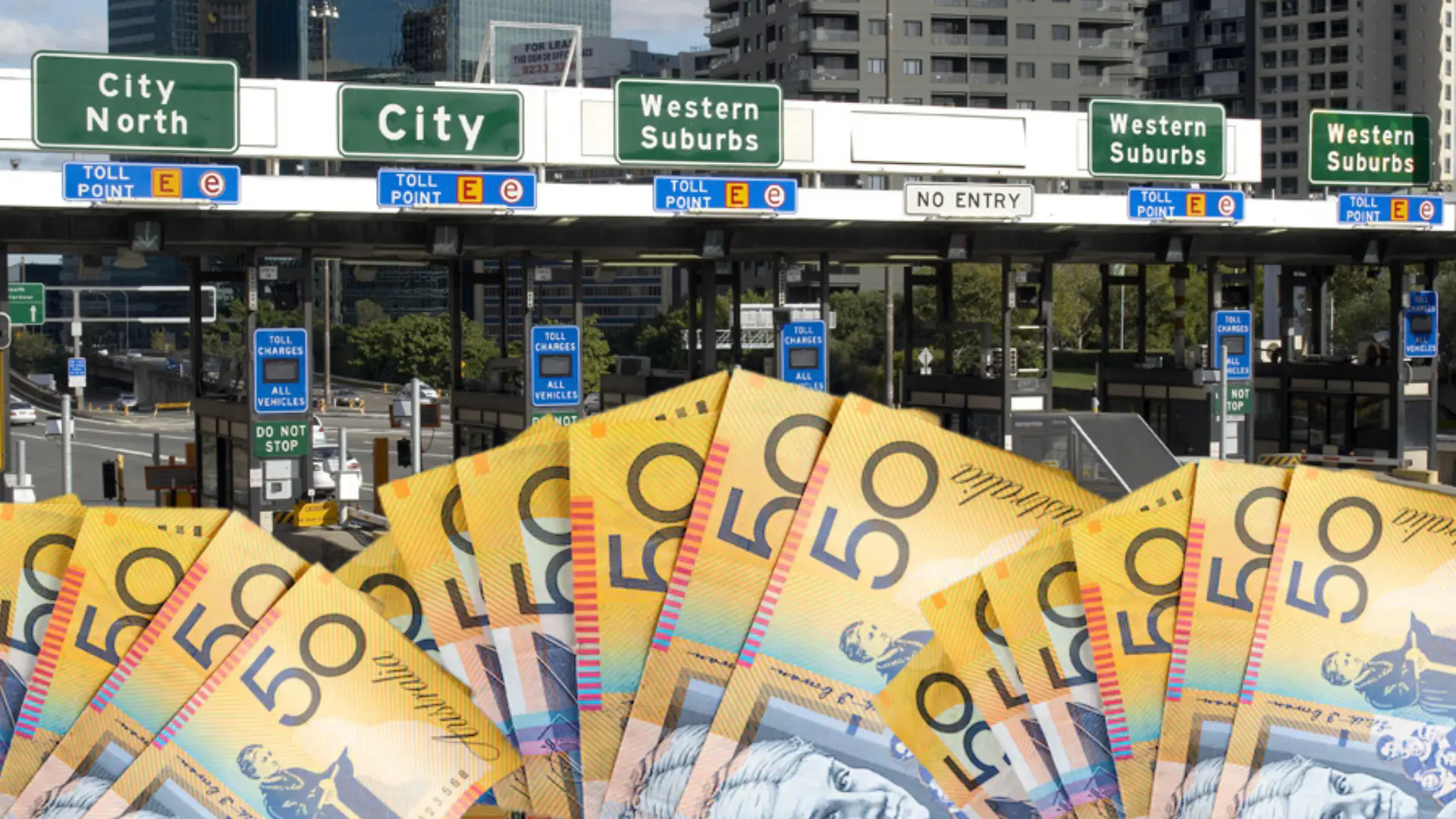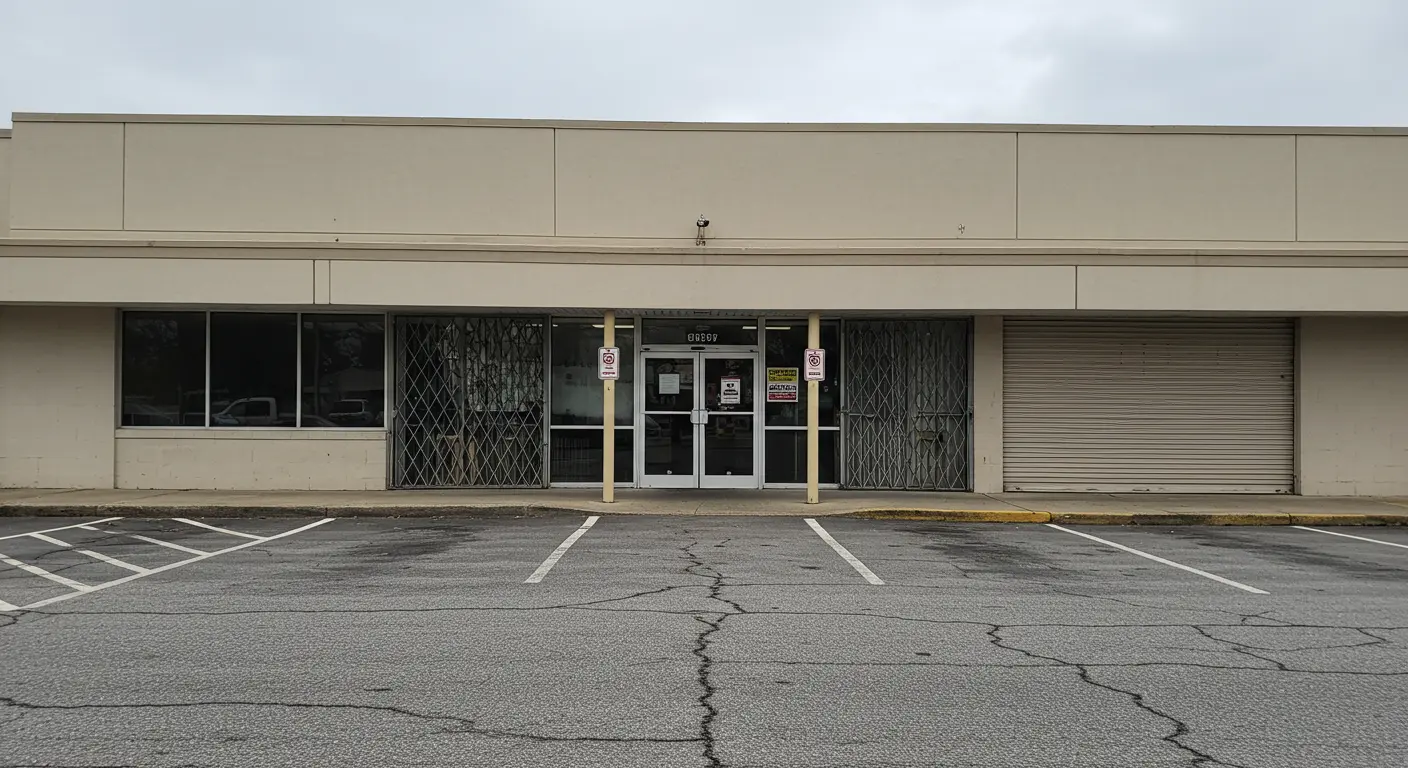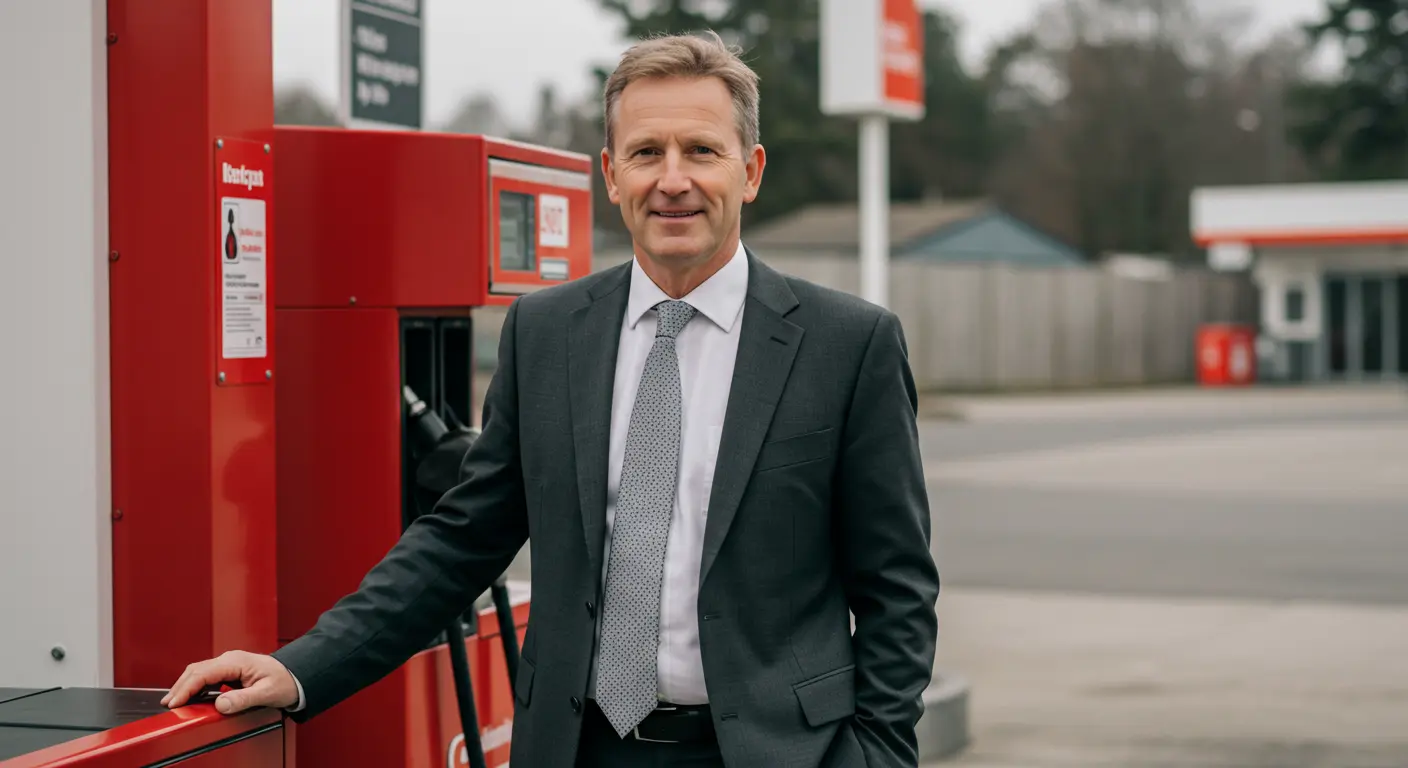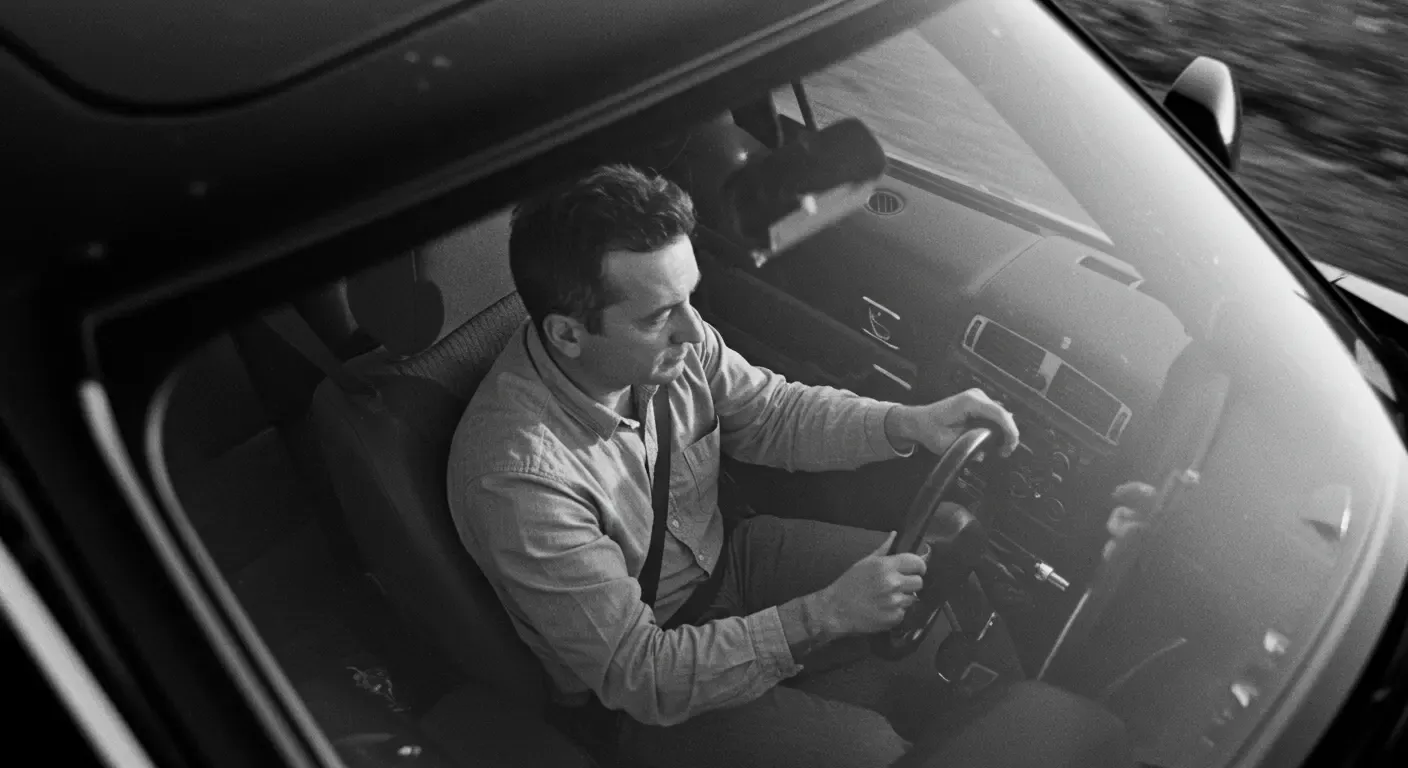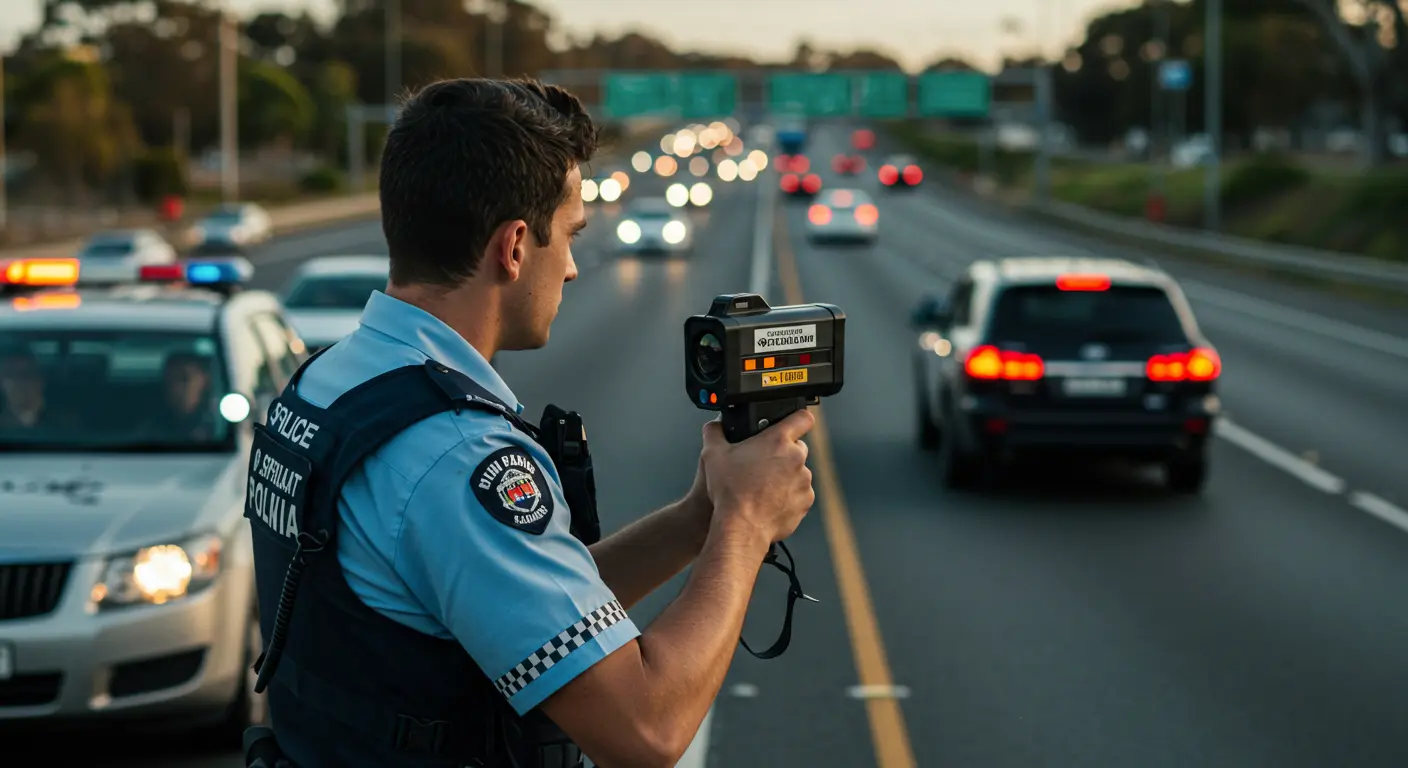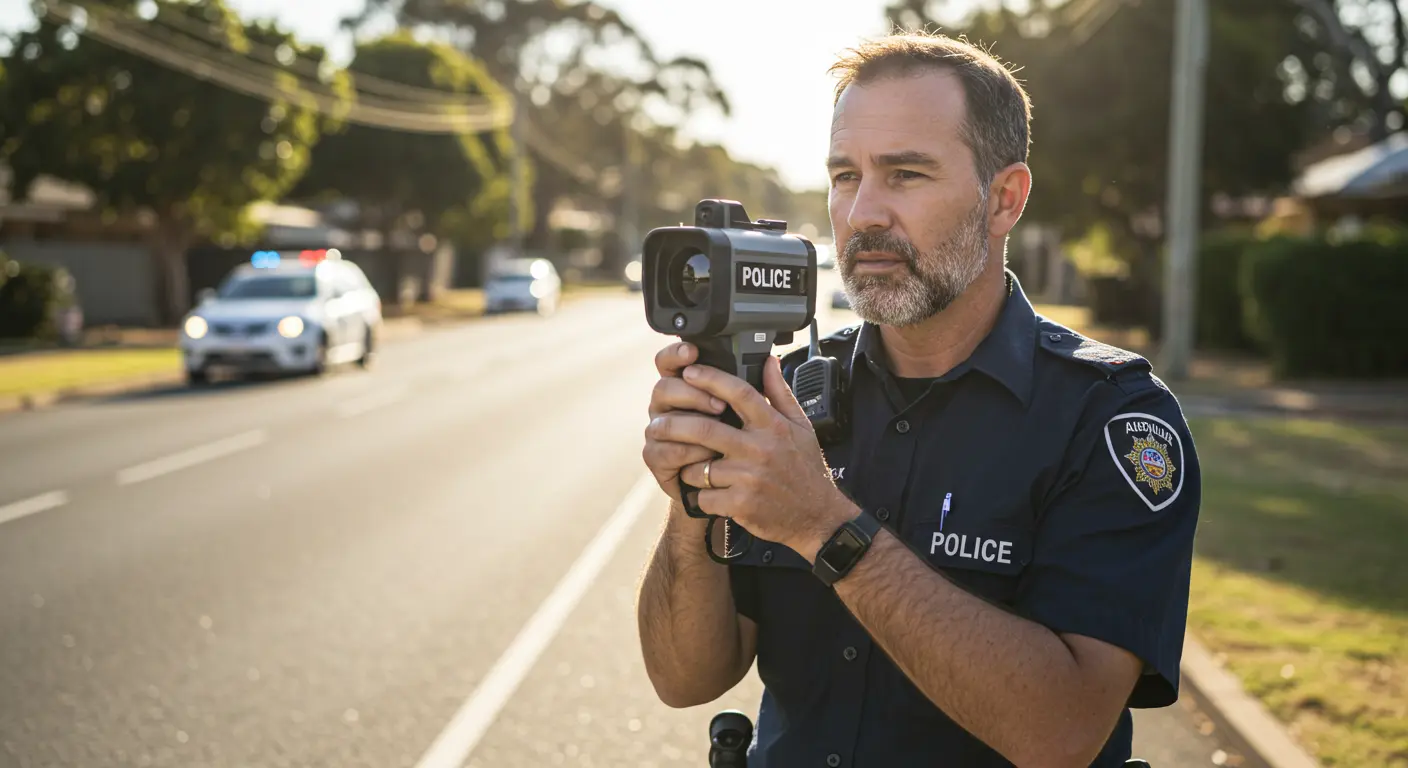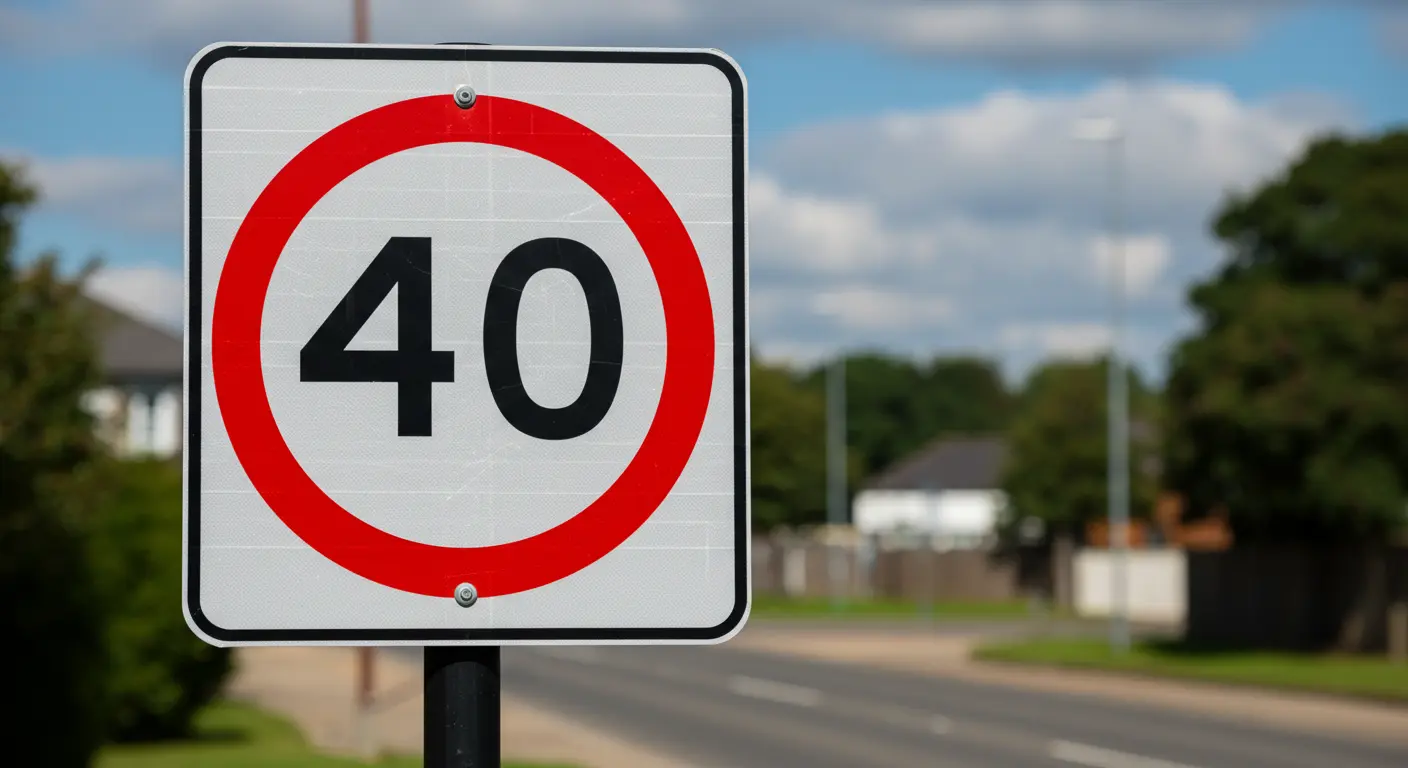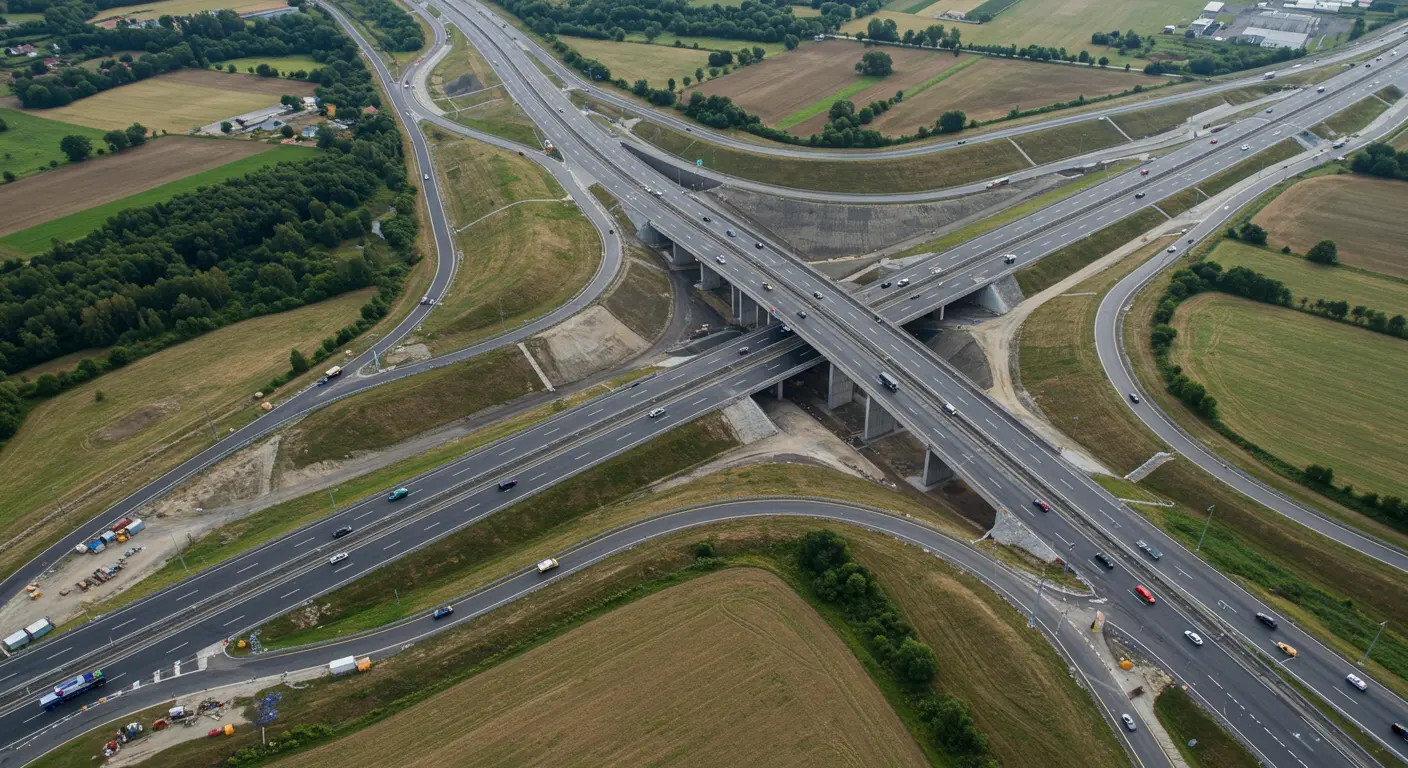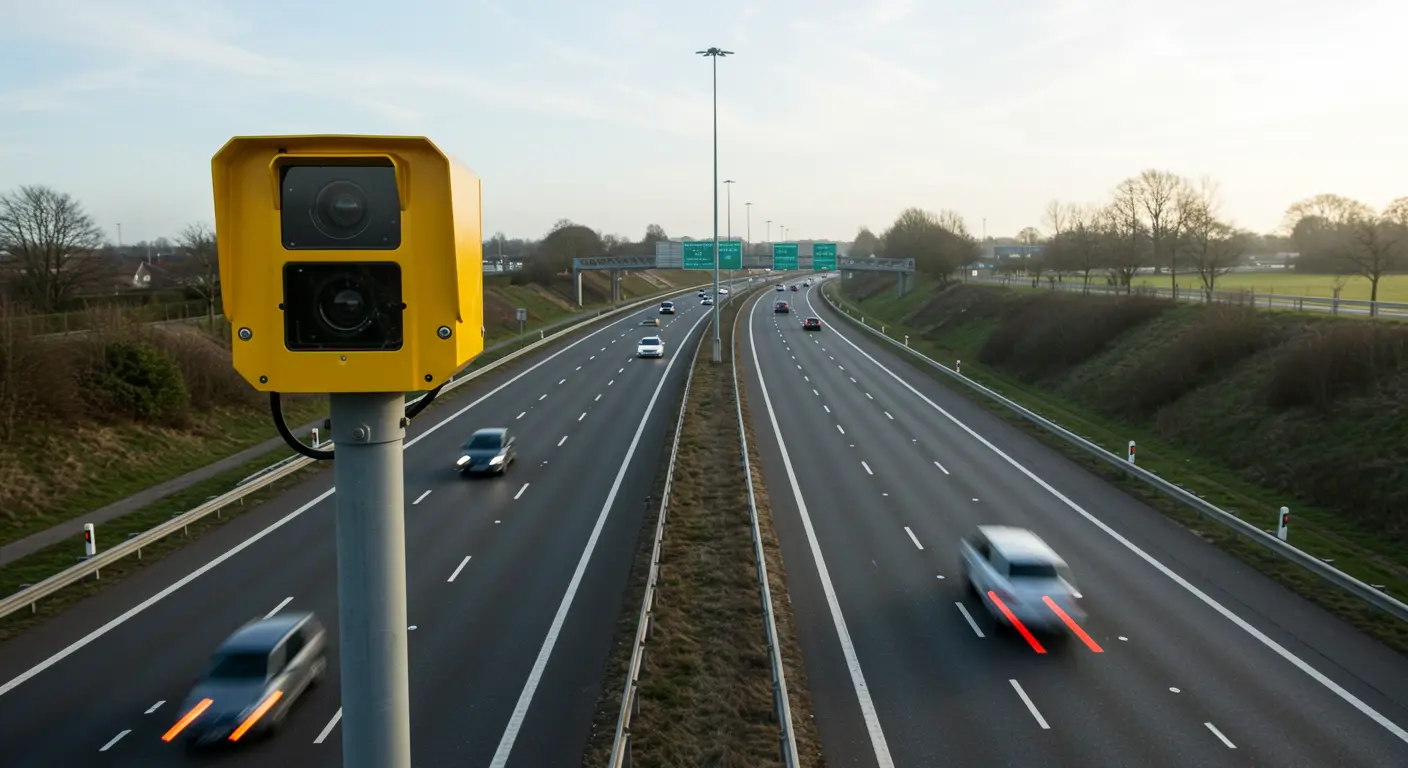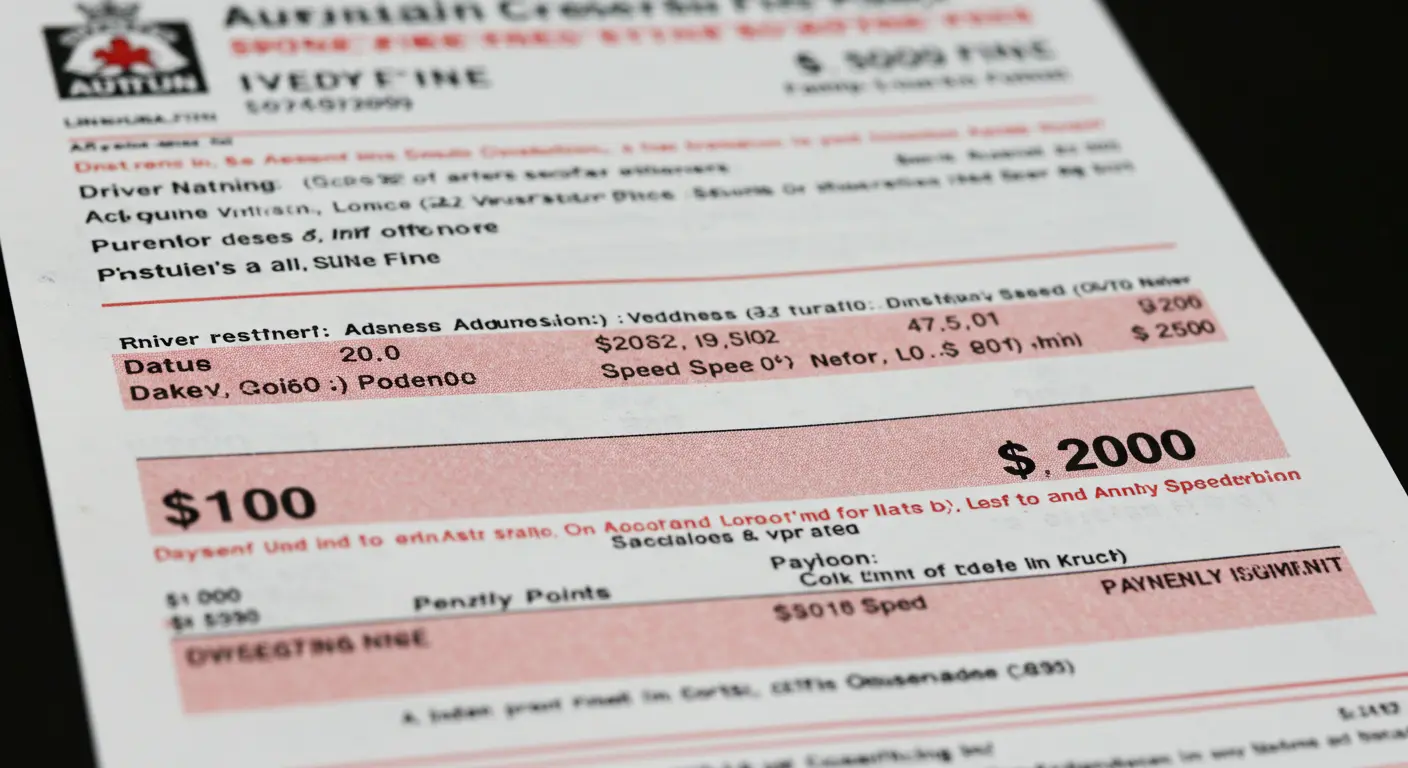Imagine you're driving through the Sydney Harbour Tunnel, listening to your favorite radio station, when suddenly the broadcast switches to an important safety announcement. This isn't magic - it's a sophisticated system that combines radio engineering with safety infrastructure.
The core of this technology lies in what engineers call "radio-interrupt" or "audio break-in" systems. These systems can temporarily override commercial radio broadcasts within the confined space of the tunnel to deliver critical safety messages. What makes this particularly clever is how it works within Australia's strict broadcasting regulations.
The technical implementation is quite ingenious. Inside the tunnel, a network of specialized equipment handles this process:
First, rebroadcast repeaters positioned at tunnel entrances and throughout the structure capture the regular radio signals that drivers are listening to. These repeaters maintain normal radio reception while standing ready to interrupt when needed. Think of them as attentive gatekeepers, monitoring the airwaves.
Next, multicarrier power amplifiers ensure the signal remains strong throughout the tunnel, counteracting the natural signal degradation that occurs when radio waves hit concrete walls and metal vehicles. This is crucial because without these amplifiers, regular radio signals would become weak or disappear entirely in the tunnel environment.
When an emergency occurs, the system springs into action. Control room operators can trigger either pre-recorded messages or live announcements that override up to 24 different radio stations simultaneously. The system uses sophisticated algorithms to calculate the perfect broadcast power level, ensuring the emergency message comes through clearly without causing interference outside the tunnel.
What's particularly interesting is how this system navigates Australian broadcasting laws. The Australian Communications and Media Authority (ACMA) generally prohibits overriding commercial radio broadcasts. However, tunnel operators cleverly work around this by classifying their systems as "rebroadcasting" rather than signal interruption, since the tunnel's structure naturally blocks external signals anyway.
The effectiveness of this technology is impressive. Studies show that these audio alerts are significantly more effective than visual signs alone, reducing speed variance in tunnels by 22%. This makes sense when you consider that while drivers might miss a visual sign, they're much more likely to notice when their radio program suddenly switches to a safety announcement.
Looking to the future, this technology faces some interesting challenges. As digital radio (DAB+) becomes more common, tunnel operators are working to develop new systems that can handle both analog and digital broadcasts. Unlike analog signals, digital radio requires perfect transmission to avoid audio dropouts, making the technical requirements more demanding.
